Sadc urged to strengthen weather forecasting
- By Zimpapers Syndication |
- 12 Mar, 2025 |
- 0

Sifelani Tsiko ---
Southern African countries have been urged to invest more in new climate technology and skills development to enable the region to predict and forecast weather accurately, a senior Sadc official says.
Sadc Climate Services Center representative, Mr Bradwell Garanganga told delegates recently at a Southern Africa Regional Climate Outlook Forum (SARCOF) in the Zimbabwean capital, Harare that the region needed to improve its human skills and climate technologies to provide accurate weather forecast and reduce the vulnerability of local communities to natural disasters.
“We remain alive to the fact that, despite the progress achieved so far, SADC region is still far from fully applying early warnings of adverse weather conditions necessary to enable adequate preparation to avert their negative effects on communities,” he said.
“National Meteorological and Hydrological Services (NMHS) in the Sadc region must strengthen their capacities in order to generate more accurate and usable seasonal climate outlooks.”
To address some of the constraints, Mr Garanganga said NMHS and climate service centres in the region, need to actively participate in regional and international programmes.
“Participation in World Meteorological Organisation programmes and in others too, will lead to the much needed technology transfer,” he said.
Climate scientists at the forum say it’s only South Africa which has adequate equipment to forecast accurate weather conditions while most other Sadc countries are operating using archaic equipment.
“The capacity to provide accurate weather information is there but it needs to be developed. The major limiting factor is that we don’t have proper and adequate equipment to use. It is only South Africa that has modern equipment,” a climate expert at the forum said.
“Sadc countries need to invest more in the development of climate scientists and in new climate technology to help us play our role more effectively.
“If nothing is done soon, we will expose our local communities to natural disasters.”
SARCOF - 19 update brought together climate scientists, the user community, policy-makers and development partners from the SADC region to carry out the necessary scientific work that would help generate seasonal climate outlooks for the member states for the April to June 2016 period.
The forum was held under the theme: “Improving Preparedness and Management of Weather and Climate –related disasters In Southern Africa."
There was heightened interest in the SARCOF - 19 update due to the current El Nino-induced drought gripping the region which has threatened food security, weakened power generation, led to the massive deaths of livestock.
The current drought has slowed down socio-economic development for the region which depends heavily on rain-fed agriculture.
Sadc climate scientists say investing in meteorological equipment was not a priority for many countries in the region.
“Rich industrialised nations are taking climate science seriously and have poured billions of dollars to upgrade their climate science technologies,” said a Zimbabwean climate scientist,
“We are not doing much to invest in our systems. The whole region is not doing enough and we need to change our mindset when it comes to climate science.
“We remain very vulnerable as a region and we need to take climate science more seriously.”
Speaking at the same event, Zimbabwe Environment, Water and Climate Minister Oppah Muchinguri – Kashiri, said meteorological services were a key component in strengthening adaptive and mitigation capacities of communities dotted in the Sadc region.
“Climate change is one of the biggest threats facing humankind today,” she said. “Its impacts and variability are becoming more evident with increased incidences of droughts, floods, hailstorms, more hot days and heat waves.
“Zimbabwe and other countries in the region remain vulnerable due to low adaptive capacity and absence of quality early warning systems.”
Zimbabwe and the Sadc region, she said, needed to invest in research and development of early warning systems that are localized in all communities through the use of high performance computer systems which can produce data to detect early dangers and avert weather-related disasters.
The climate scientists met to review and update the regional climate outlook forecast issued in the DRC August last year for the 2015/2016 rainfall season.
At the forum, climate experts also reviewed and shared best practices in the dissemination of weather and climate information.
Predictions for the 2015/2016 cropping season were almost correct, showing that the Sadc region would have normal to below normal rainfall for the period between October to December 2015 and the January to March period.
Climate experts say the El Nino weather pattern which caused a massive drought in the entire Sadc region is now breaking into a neutral phase, but warn that it could degenerate into its opposite phenomena, known as the La Nina.
This has left up to 50 million people in need of food assistance across the region.
Weather experts say La Nina, Spanish for "the girl", often prompts a cooling of Pacific Ocean temperatures that brings hot and dry weather in the US and Latin America, while much of Africa and Asia experiences wetter conditions.
They say it tends to occur unpredictably every two to seven years.
Sadc climate experts say La Nina may bring heavy rainfalls, floods and violent storms, something which has an equal effect to El Nino in terms of threats to agricultural productivity and food security.
“Current projections show that El Nino is transiting to a neutral phase and La Nina could gradually take over around November and December,” Mr Garanganga told journalists.
“However, there is still little data and we can only have a clearer picture in August when we do our regional forecast, but, yes, that possibility exists.”
Other global climate experts say there is 50 percent likelihood of a La Nina, a phenomenon that usually follows El Nino and is characterised by heavy rains and flooding.
Sadc climate experts fear that if La Nina happens, the region may have to grapple with flooding sparking fears of the 1999 – 2000 floods that killed thousands of people, destroyed infrastructure, property, crops and livestock worth millions of dollars during the cyclone Eline-induced flooding.
They added that Sadc countries needed to develop their early warning systems so that they could be better prepared to deal with the looming La Nina disasters.
Seasonal climate prediction initiatives as SARCOF in the Sadc region started in Kadoma, Zimbabwe in 1997.
Since then, significant progress has been achieved in applying climate information and prediction services for socio-economic development.
Southern Africa is one of the hardest hit regions, in terms of the impact of climate change.
Extreme weather events such as droughts, floods, tropical cyclones and other weather phenomena have devastated the livelihoods of many people in the region.
It has caused severe social and economic disruption including the loss of life, destruction of property, infrastructure, crops and livestock, increasing poverty.
“Humankind cannot have weather and climate of their choice,” said Mr Garanganga, adding, “When we have advance knowledge of the season ahead and plan with that knowledge, the communities can take mitigatory measures to minimize the negative impact of extremes in climate variation.”
In southern Africa, climate experts say the climate is becoming warmer and drier as a result of climate change and variability.
In Zimbabwe, the annual mean surface temperature has warmed by about 0.4 degrees Celsius from 1900 to 2000.
Experts say the timing and amount of rainfall received are becoming increasingly uncertain while floods which ravaged some parts of the region and other low-lying areas in southern Africa are a stark reminder of the gravity of the climate change problem.
They also say that the last 30 years have shown a trend towards reduced rainfall or heavy rainfall and drought occurring back to back in the same season. The frequency and length of dry spells during the rainy season have increased while the frequency of rain days has been reducing.
And, while research findings provide an array of policy options and solutions, it remains to be seen how the recommendations made by climate scientists will be translated into real action that can stimulate debate on climate change and help lessen its impact on local communities.
No Comments



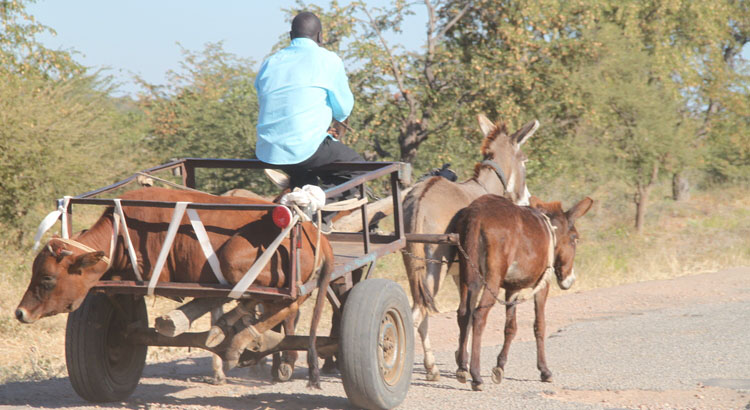


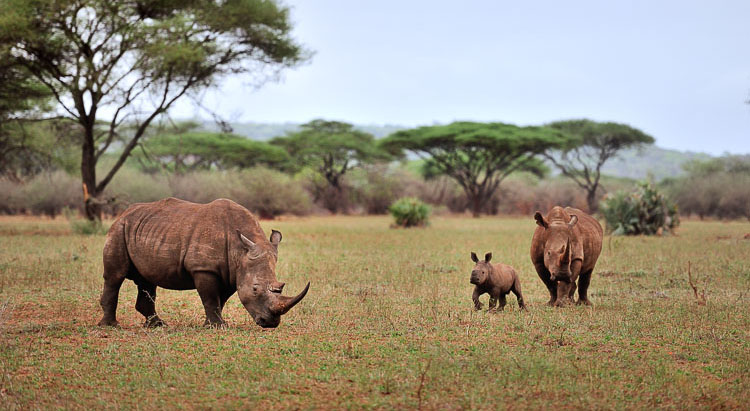


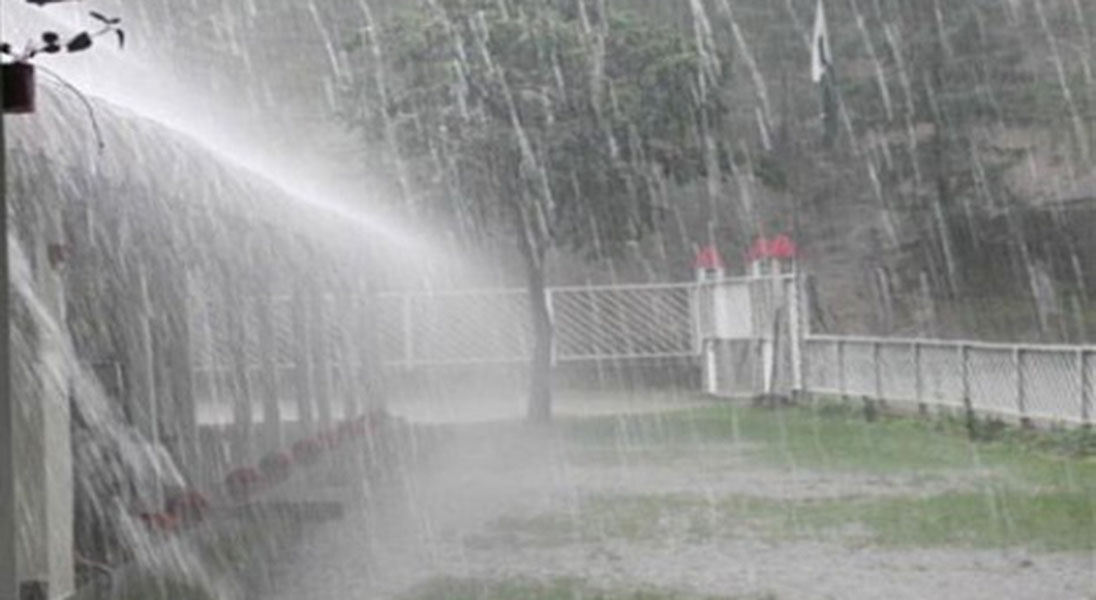

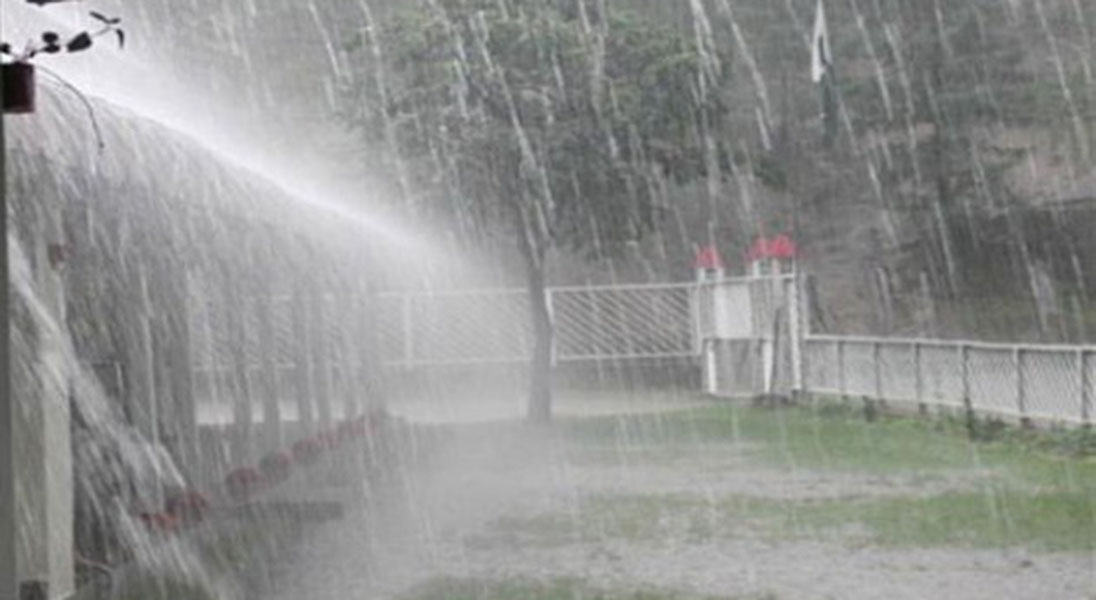
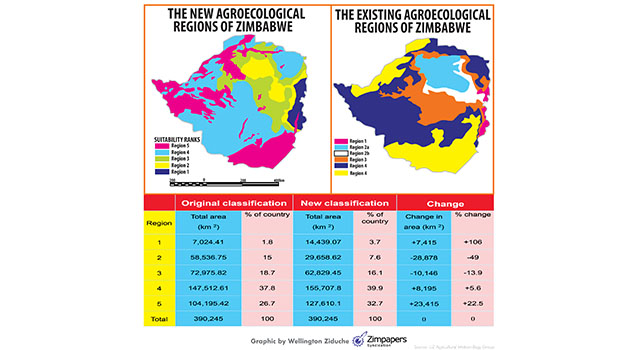

Comment